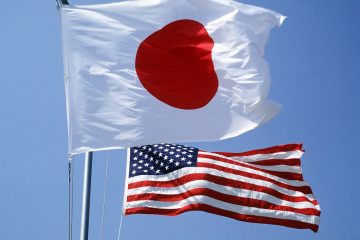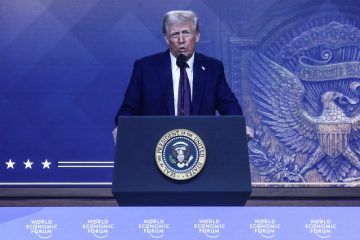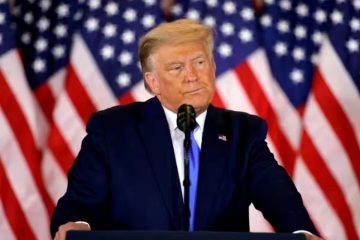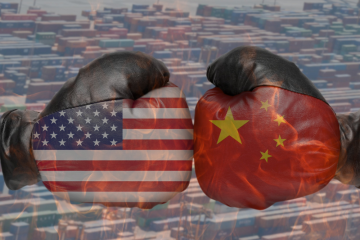Beijing alters its approach to economic policy
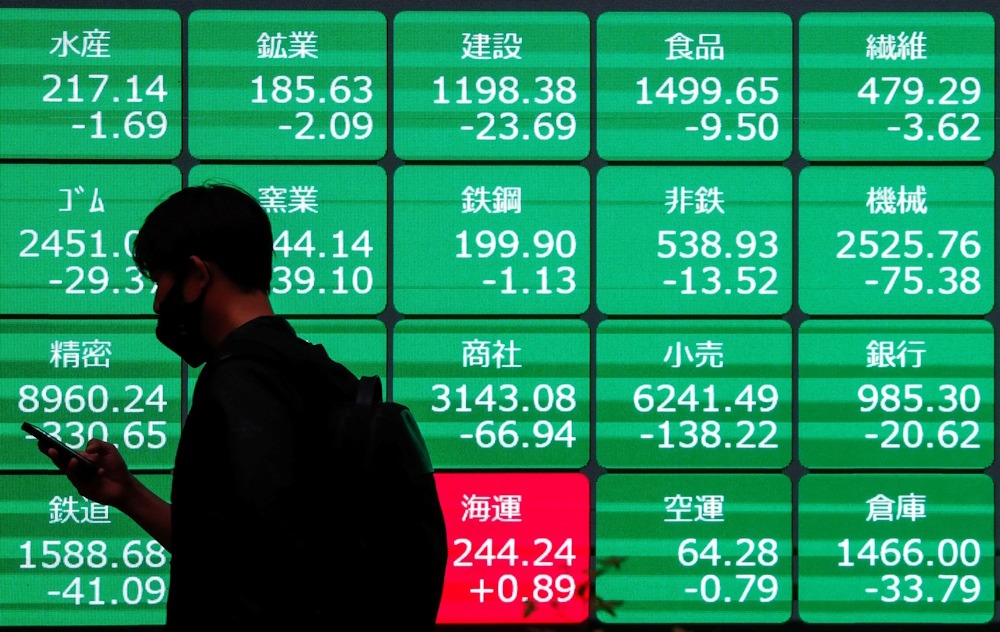
In recent months, Chinese stock markets have oscillated between optimism and apprehension, as investors strive to interpret Beijing’s signals for indications of an economic rescue. Despite the emergence of new hopes, investors must exercise caution to avoid becoming overly exuberant.
The recent glimmer of hope emerged from the Politburo, the highest decision-making authority within the Chinese Communist Party. The recent meeting’s readout featured the term “moderately loose monetary policy,” prompting the market to anticipate a significant intervention. This type of rhetoric was last employed in the wake of the global financial crisis and has not been encountered since 2011. The meeting additionally committed to enhancing support for consumption and the housing sector. A novel concept of “unconventional countercyclical adjustments”—the implications of which remain somewhat ambiguous—contributes to a sense of optimism.
The announcement catalyzed a late-session surge, propelling the Hong Kong market approximately 3% upward on Monday, effectively offsetting prior declines. Nonetheless, the early optimism swiftly diminished, culminating in a decline for the market on Tuesday. Prudence is certainly advisable. The Hang Seng Index surged by as much as 27% from late September to early October, following indications from the government of a more proactive approach to economic stabilization. However, the absence of specifics regarding substantial stimulus measures, particularly those aimed at enhancing consumption, has resulted in the erosion of more than half of the anticipated gains.
Although markets may anticipate a decisive stimulus from Beijing, the situation is considerably more intricate. According to analysts at Nomura, China’s economic situation does not conform to a typical downcycle, indicating that mere monetary easing or constrained fiscal stimulus will not suffice to rejuvenate it. “For a genuine recovery in 2025, Beijing might need to address the property market, reform its fiscal framework, enhance the social welfare system, and mitigate geopolitical tensions,” they stated.
It is evident that integrating all of these components is a complex endeavor that will undoubtedly require a significant investment of time. Beijing is actively addressing several of these challenges, having recently sanctioned a $1.4 trillion initiative for the central government to assume the debts incurred by local authorities. However, more assertive actions to boost consumption remain essential, as the downturn in China’s housing market has established a perilous feedback loop: Consumers are curbing their spending, resulting in declining prices and diminished corporate profits, which subsequently drive prices even lower. Such a scenario poses a significant threat of plunging the economy into a deflationary spiral. New tariffs proposed by President-elect Donald Trump would exacerbate the challenges facing Beijing.
The inflation data for November highlights these difficulties. Consumer prices increased by a modest 0.2% on a year-over-year basis, falling short of consensus expectations. Factory-gate prices have now experienced a decline for the 26th consecutive month. As Chinese leaders gear up for their forthcoming annual economic conference, set to commence shortly, markets remain poised in anticipation of favorable developments. However, the assembly typically provides more of a policy indicator than a comprehensive blueprint. Although Beijing’s rhetoric may provide some guidance, investors will require more than mere optimistic signals to navigate a definitive course ahead.

